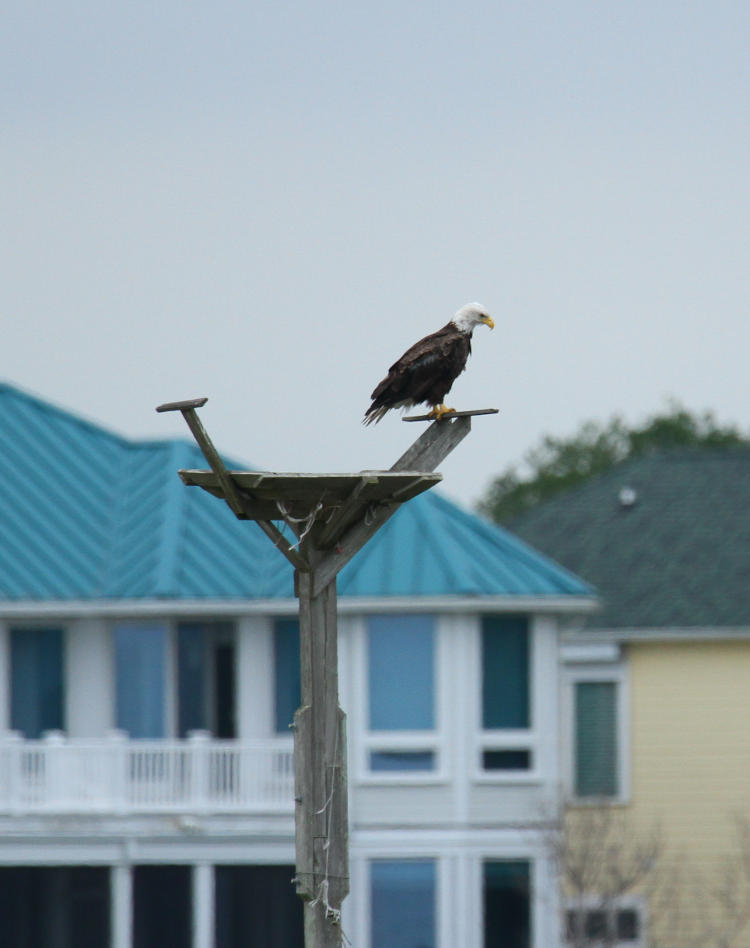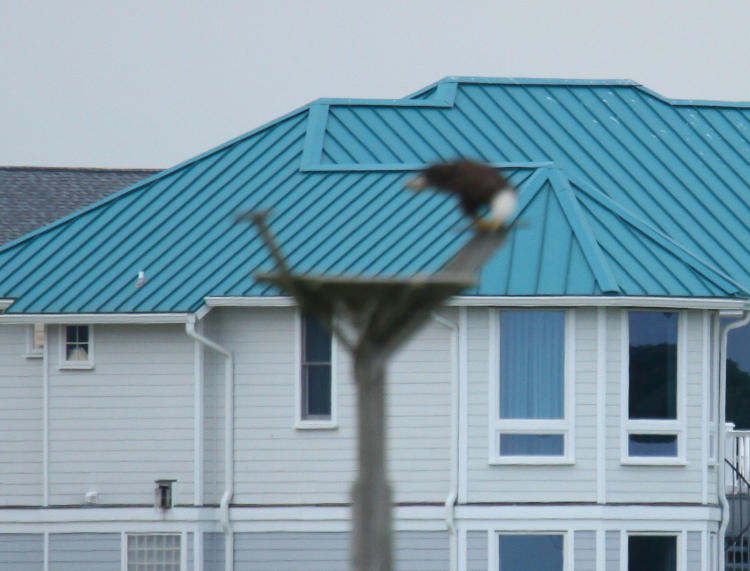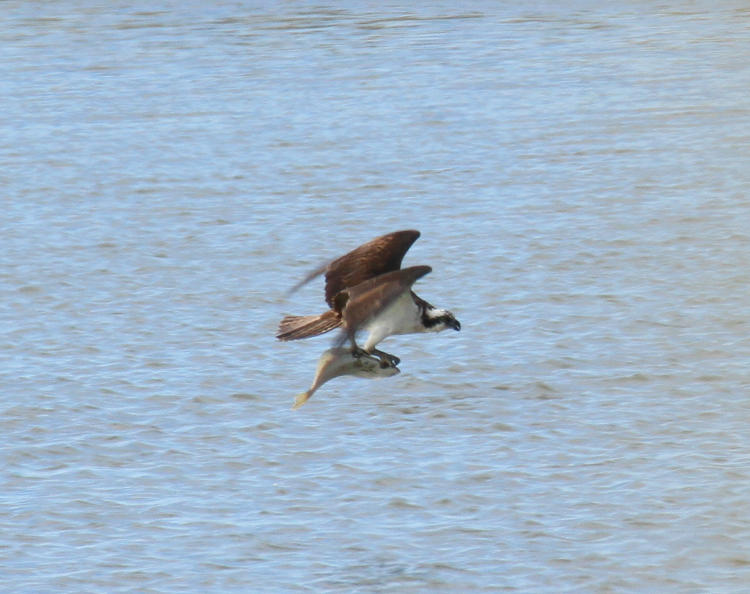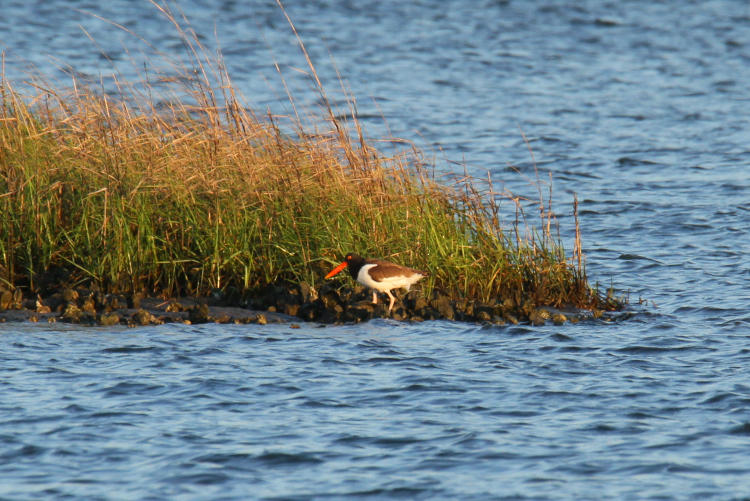
For this post, we’ll hit a handful of scattered birds captured during the beach trip, some of which I’d hoped to snag a wider variety of frames, but it was not to be. Above, however, we have a male boat-tailed grackle (Quiscalus major,) which were impossible to avoid, yet I wasn’t all that interested in capturing their behavior, but the muted light from the crummy weather at least showed the variety of feathers in their plumage, where they often just look black. Boat-tailed grackles are talkative birds with a wide repertoire, some of which you may hear in later video clips. At this time, alas, I did not have recording equipment with me, so when he voiced his soliloquy below, all I could do was capture still photos.

While a lot of people consider grackles to be pests, I find their calls to be far more interesting than most birds, and not as raucous as some of their relatives, but I’ll admit they’re a bit domineering in their territories. We don’t have them where I live in central NC, so I only see them at the beach or in Florida (where they have dark eyes instead.)
Below, one was foraging in a tidal pool at sunrise, captured as I was pursuing other species in the same pool, but I liked the droplets as it withdrew its beak from the water while backlit.

The osprey nest that we observed during previous visits was gone this year, the platform provided for them completely bare, even though osprey were active in the area. At different times, we observed a bald eagle (Haliaeetus luecocephalus) using it as an eating and spotting perch to monitor the waters below.

Seen from shore, the platform was over 200 meters off, so tight closeups were out of the question. Once, the eagle was present as we were putting the kayaks in, and we made the attempt to get in a bit closer, fostered a bit by the neighbor’s shot of an eagle in a tree taken from their phone, which likely required quite a close approach. That eagle was not this one, apparently, or it recognized us as the shallow touristas that we were, because it took flight before we got within even 75 meters, too far for the waterproof Ricoh to gain any detail.
One evening, the eagle was perched there while I dug out a jellyfish kite, taking it out onto the walkway to the gazebo and dock. I didn’t get much altitude from it in the evening breeze, but the until-then silent eagle began voicing its displeasure over an aerial intruder, which I found fascinating. I mean, I was way off, and nowhere near getting ‘up in the air,’ yet the orange kite with its trailing tentacles was apparently cause for concern.
But while I’m here, I’ll demonstrate why trusting autofocus for wildlife photography is often a big mistake, or at the very least wasting time and frames:

As I said, the osprey (Pandion haliaetus) were present, but not as cooperative, and I wasted numerous frames and a few video clips, both from on land and within the kayak, tracking one as it hunted unsuccessfully above – wheeling, backing, near-hovering, starting a dive but abandoning it almost immediately, and so on. When I finally saw one doing something interesting, it was well over 250 meters off (don’t get the impression I can spit out these distances easily – I used Google Earth to measure them once back home.) This is where trusting manual focus doesn’t always work, either, but autofocus would have kept snagging the changing background, so I was more accurate using manual. Just, not as accurate as I would have liked.

This was the sharpest frame, and the prey, it quickly became evident, was a sizable flounder. I really hope there was a nestful of young-uns awaiting this back home, otherwise the bird was in for a tummyache. But let’s back off to the full frame to show what it looked like even at 600mm.

That greenish-beige blur is the column supporting the stacked decks that I was shooting from, out the back of the condo; really, a decent observation spot, but only with the long lens or binoculars. We’ll see more from it later on.
And finally, something that I haven’t seen in years, and have yet to get any really nice frames of:

That’s an American oystercatcher (Haematopus palliatus), which I’ve seen only a handful of times before, and always at a fair distance – not as great as this time, though, because it was about 160 meters off (I’d estimated 100, so we see how good my estimates are.) All I could see by naked eye was a white blob against the tussock island, though, so I’m glad that I decided to get the long lens on it, and at least could show the brilliant red bill and eye. And it’s hunting in a great location, since these many islands in the shallow sound were primarily oyster beds that had collected enough silt and peat to grow grasses and remain just above the tides – in the kayaks, we’d passed numerous semi-exposed oysters during lower tides that were still feeding, squirting little fountains into the air as they expelled the filtered water.
I have plenty more birds to come; these were just the singular captures. We’re whittling them away.




















































